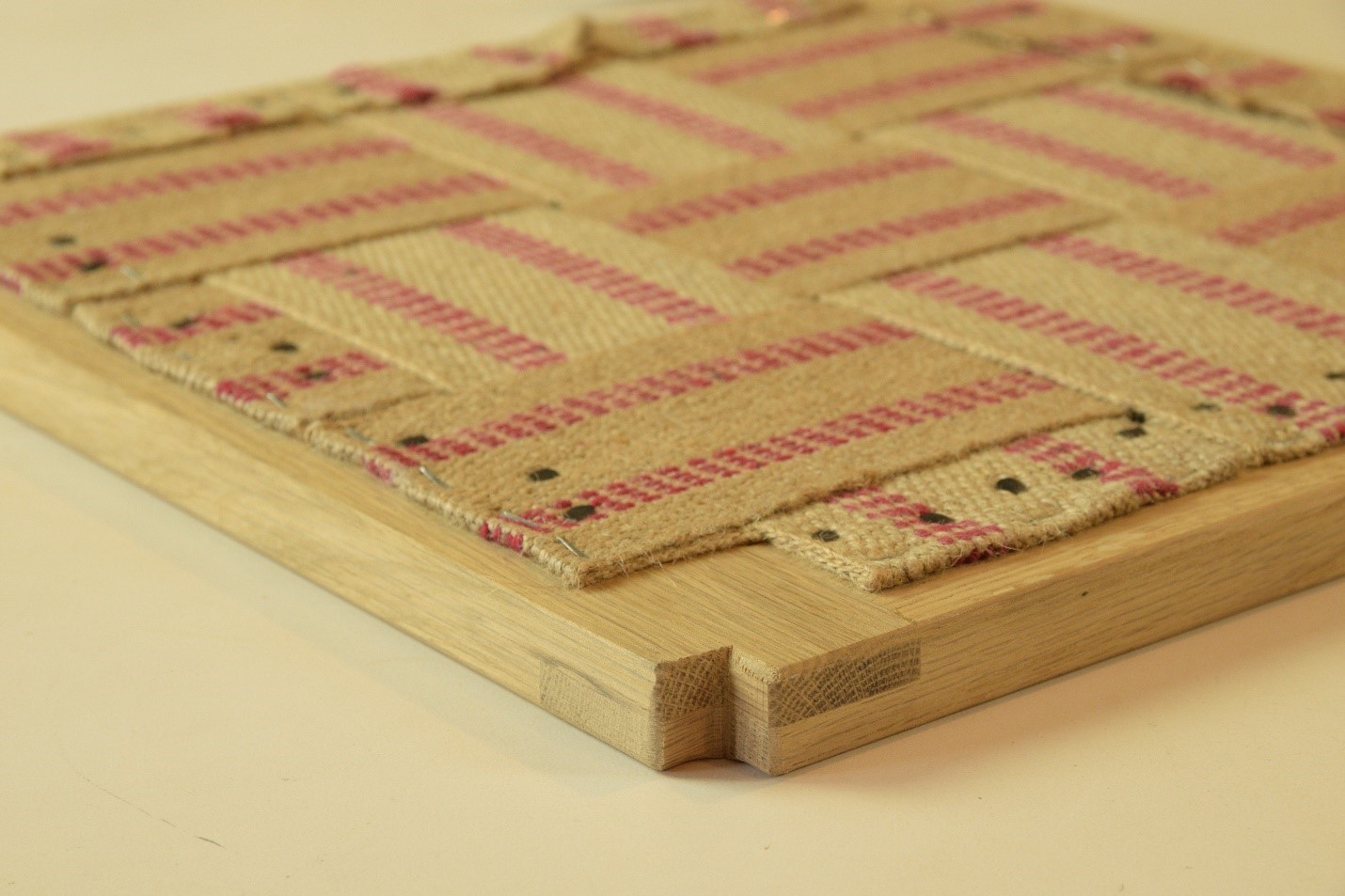Half-Lap joints are strong with lots of surface area for glue. They have many applications in woodworking, but one place I use them frequently is for seat frames. With half-laps at the corners, I know I’ll have a sturdy seat frame for years to come. Most woodworkers would cut this joint at the tablesaw with a dado set. While that’s certainly a fitting way to cut half-laps, I wanted to show another quick and easy way to cut them at the bandsaw. All it requires is a fence with stop block, and a miter gauge.

If your bandsaw fence has a T-track to accept a stop block, it really makes the procedure easy. If not, simply clamp a stop block to your rip fence. Set the fence for a true half-lap, so that half of the board thickness will remain after the cut. Set the stop block for the proper length, and advance the workpiece until it contacts the stop. Make this cut on all workpieces before moving on to the next step.

Next, reset the fence to match the width of your stock. I like to use my workpiece itself as a measuring device, instead of using a tape measure whenever possible. It seems to reduce the chance of errors, and improve overall accuracy that way. Position the stop block to allow a crosscut to the middle of the workpiece, but no further. Using a miter gauge at the bandsaw, complete this simple crosscut on all workpieces.

The result is a clean, accurate cut that’s ready for assembly. No sanding of the joint surface is required. In fact, I often find that a bandsaw with the right blade leaves a cleaner cut than a dado blade. I used a Laguna ProForce ½” blade to make this seat frame, and get the cleanest possible cuts with this size blade. Glue the parts together, and let them dry overnight.

The final bit of woodworking is to notch the corners of the seat frame. On the antique chairs and rockers I like to restore, corner notches are usually required to allow the frame to fit around the legs of the chair. With the same stop block setup at the bandsaw, cut the notch free. The stop block ensures that all four notches will be identical size. Make sure to turn the saw off before retracting the frame (see video https://youtu.be/AbLhyD_TY_w )

Once the glue has had a chance to cure, and the corner notches are cut, you can shift from woodworking to upholstery tasks. Here I’ve installed Jute webbing, which is a traditional material for seat frames. Use the “Red Stripe” Jute webbing for seating applications that require maximum strength. Black Stripe Jute webbing is suitable for backrest applications. Layers of foam will be added to the seat frame, starting with medium firm, followed by soft foam on top. Finally, a layer of polyester batting will further soften the cushion, and prepare it for the finished cover.





